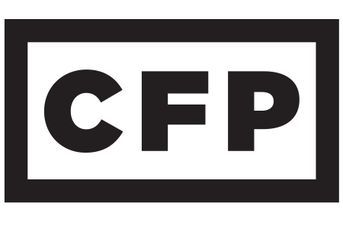Finra should fix budget shortfall by tackling expenses
The agency must adjust to the shrinking number of B-Ds.
Finra has a lot of rethinking to do. The broker-dealer regulator and its president and chief executive Robert W. Cook deserve commendation for undertaking significant outreach to understand what’s going on outside its walls in order to better serve its member firms and investors. But now the agency must take a hard look inward, and make just as solid an effort to analyze and improve its internal structure. Why?
Revenues are declining, expenses are not.
In its first-ever publicly released budget summary this month, Finra gave us a look under the hood. Its financial picture shows an organization in transition.
With revenue projections (including fees and interest and dividend income) for 2018 of $842 million and operating expenses and capital expenditures of $978 million, the agency plans to rely on its reserves if necessary to make up the $136 million shortfall. Oof. This reliance isn’t a healthy one.
Finra notes in its summary that the budget numbers do not include proceeds from fines or investment gains. An in-depth InvestmentNews analysis of Finra last fall found the agency’s fine monies hit a record $173.8 million in 2016. That money does not filter right over to the Finra budget, though — the agency must get prior approval from its board to spend it. But more importantly, no one — including Finra — thinks a budget dependent on a certain level of fine revenue (warranted or not) is a good way to run the shop. Nor is reliance on investment gains.
Simply raising fees is not the answer when we consider Finra’s membership is shrinking, which ought to translate to lower expenses in overseeing them. The regulator, when pointing out in its budget summary that total assets under its purview have increased and the number of registered representatives has been flat since 2013, failed to mention that member firms have dropped from 4,146 five years ago to about 3,700 today. Meanwhile, Finra staff has grown to 3,586, compared with 3,489 in 2013.
Certainly, complexities exist today that weren’t around five years ago, and some may require greater staff involvement. But, at the same time, technology investments the agency has made should be alleviating other demands on staff time.
Finra is patting itself on the back for not raising member fees in 2018, even though there is no reason it should raise fees. The work needs to happen on the expense side of the ledger.
The good news is, the regulator is listening. The agency’s outreach effort has emanated from the Finra360 self-examination Mr. Cook launched last year, and Finra has gotten widespread praise so far for adjustments it has made in response.
But we encourage Finra to look deeper. The agency must undertake honest and open-minded scrutiny of its internal operations to find ways to lower expenses to adjust to the realities of a brokerage industry in which registered firms are on the decline.
Learn more about reprints and licensing for this article.








